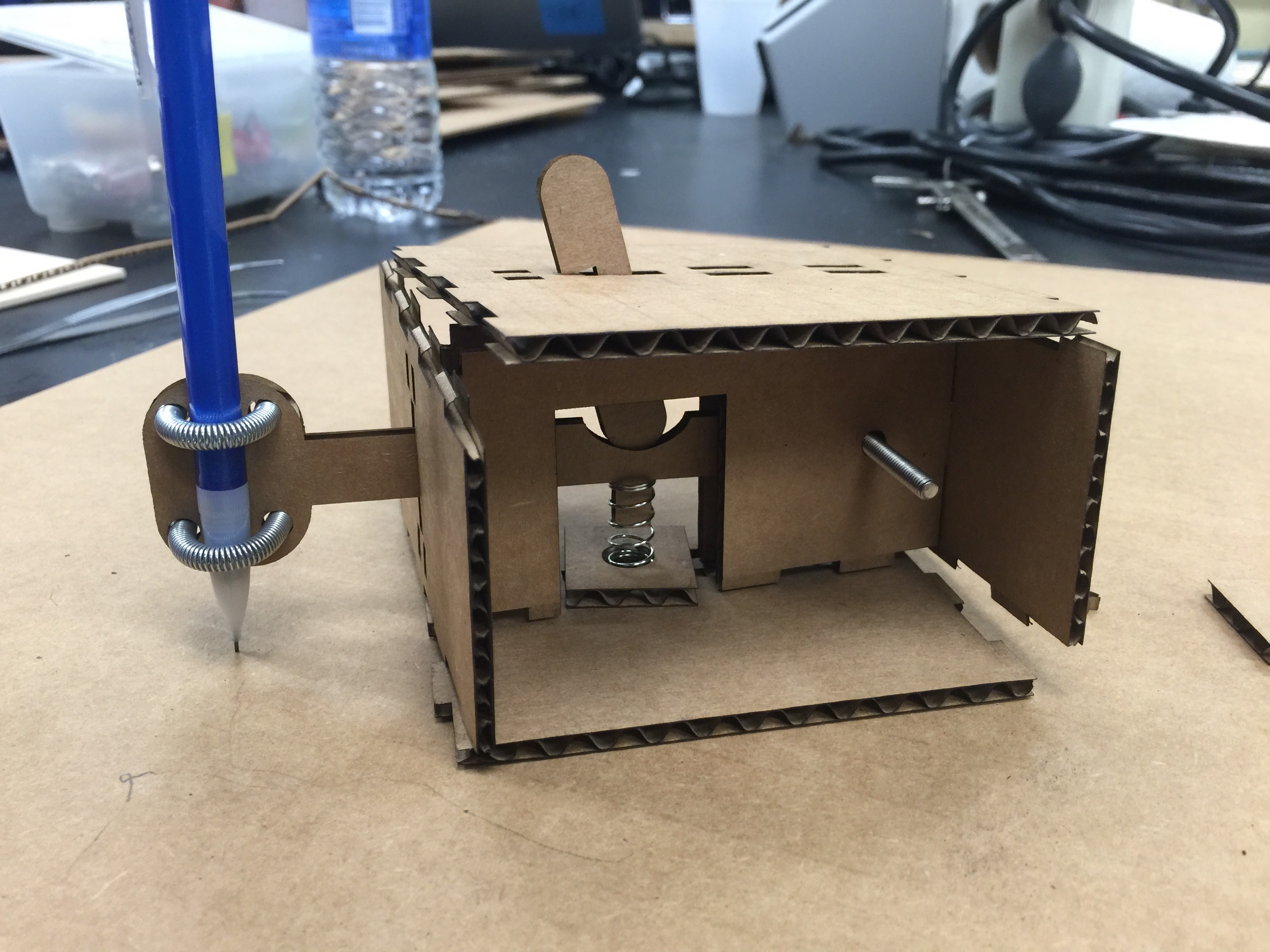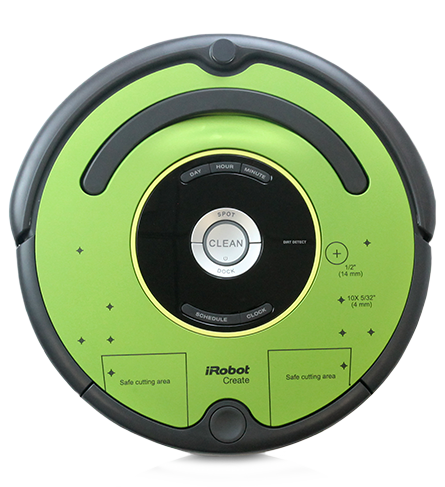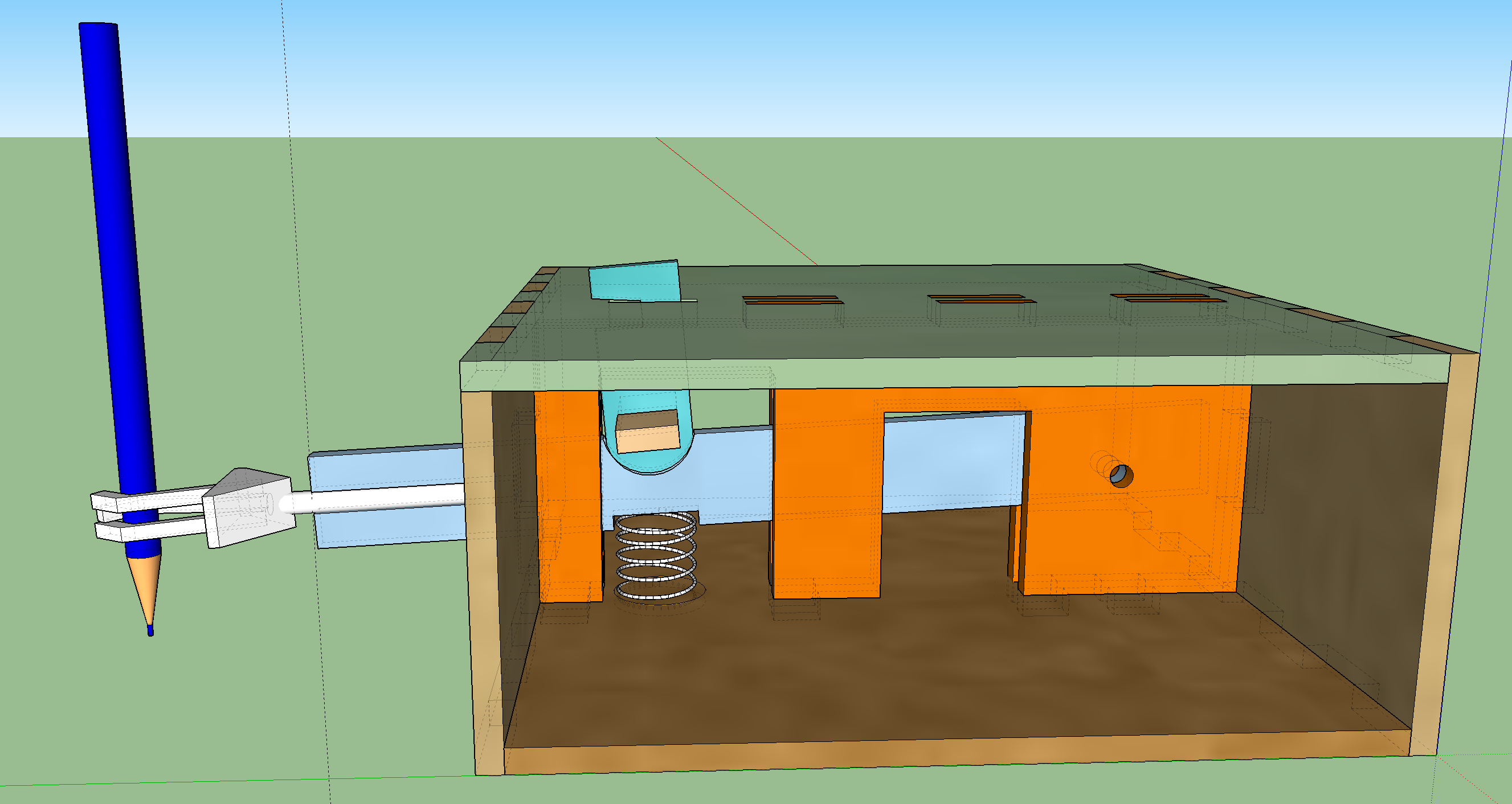FabLabs in schools and professional development: how to do it?
FabLabs in schools provide an unique opportunity for teacher professional development, in all disciplines. They may provide a situated learning experience where teachers can recall the difficulties students have in the process of learning and thus reflect upon their own teaching practices. Given that the majority of teachers are not familiar with fabrication and electronics, they are put back into the beginner’s seat, providing the possibility of reflecting metacognitively about learning and teaching. Accompanied with engaging discussions and activities of grounded on the affordances the activities provide, teachers learn about the best practices of teaching through modeling and engagement in practice.
The nature of the activities in FabLabs range from exploring, designing, building, and asking questions – all traits considered desirable in today’s research in education. What if we could apply these features into an English Poetry class? How can we promote transfer from the teachers experiences in the FabLab into their ‘Monday’? I propose a PD curriculum that through engaging in FabLabs, teachers are provided the opportunity to reflect on how learning happens, how to transfer these ideas into their own practice, and ultimately affect learning outcomes of their students.
“In fact, the richness of makerspaces comes not from the fact that the abstract is left out, but that it is brought in together with new ways to build relationships with and between objects and concepts. ” (Blikstein & Worsley, 2001, p.5)
The process of tangibilizing ideas I believe is central to the learning process teachers would go through. How might a History professor tangibilize a class about the Industrial Revolution? Perhaps by reenacting a pivotal moment, trial, or protest where the students represent the historical figures. Students will be engaged by the shared responsibility of doing research on the topic, creating a skit, performing it, and finally discussing what they learned from the experience. This process has direct parallels to the activities in the FabLab where the goal is to learn in the making, where the process is the goal, and the final product is an experience.
“The history of educational technologies and education reform (Collins & Halverson, 2009; Tyack & Cuban, 1995) has repeatedly demonstrated that the implementation of “revolutionary technologies” often leads to considering their benefits as self-evident. We see research (done together with teachers) as a tool for both measuring learning outcomes and as a way for teachers to reflect upon and optimize their own practice.” (Blikstein & Worsley, 2001, p.6)
This PD curriculum would also need to introduce new concepts of assessing if students are learning more or less once these new practices in teaching are utilized in the classroom. I am not proposing the elimination of ‘traditional’ testing but an added level of observation of the student’s process, effort, and progression to provide new measures of assessment. These measures would in turn provide valuable information for the teachers to formatively assess their own practice.
“Assessing the work that takes place in makerspaces is possible, but it requires a new set of approaches and tools. Teachers and practitioners need to be aware that the metrics of success will not necessarily be test scores but very different types of assessments—it is a common and dangerous trap to promise that students’ math scores will automatically improve as a result of a maker class.” (Blikstein & Worsley, 2001, p.10)
Finally, a sustained community of practice is needed to create synergies amongst teacher’s experiences, doubts, and shared knowledge. Utilizing the common thread of their FabLab PD, they could share and discuss how they applied what they learned in their disciplines, curricula, classroom activities, and assessments.
“Allowing teachers to “pair up” and design curriculum together, even if they are from different areas, greatly expands the range of activities that can be done in the labs and makes it possible to attract students with a variety of different interests.” (Blikstein & Worsley, 2001, p.9)
The FabLab PD experience might trigger in teachers the desire for a more multidisciplinary approach to their practice where the connections between the abstract and the concrete are explored and transferred. “Knowledge is not merely a commodity to be transmitted, encoded, retained, and re-applied, but a personal experience to be constructed.” (Ackermann, 2001, p.7) To do this, they must be open to potential overlaps of different disciplines and creating opportunities for the students to engage not only mentally but physically with the concepts at hand.
With this intention in mind, FabLabs provide not only an opportunity for students to do so, but for teachers, as students, to engage and experience with potentially different approaches to teaching their discipline. There is no ‘magic bullet’ but I believe that FabLabs could provide an interesting mechanism to scaffold the teacher’s progression towards transforming their own practice.
On top of using the FabLab as a PD environment, the teachers might also be inspired to use the space for special projects within their discipline. Back to the History teacher, he might want to show how the evolution of machines has increased the production output of goods, having the students experience the speed with which they can prototype products using only pencil and cardboard versus using the computer to design and the laser cutter.
Hopefully, the now worldwide Maker’s movement will survive and prosper as a means to the ultimate end – improved learning outcomes – both for the students and for the teachers.
“We have the once-in-a-generation opportunity to establish something truly new in schools, make it sustainable, and deeply integrate it in the school day. We have the opportunity to give to millions of children a new entry point into the world of knowledge and science, and give them a much richer palette of expressive media for their ideas to come true, creating much more sophisticated “objects to think with.” (Blikstein & Worsley, 2001, p.12)
For this to happen, all stakeholders must be committed and involved in the process. A FabLab PD might be one way to stimulate and help spread even more widely the affordances this kind of space can provide to all parties involved.
“The maker movement will only survive and fulfill its educational goals if the decisions are being made by teachers, education researchers, and education policy makers—professionals that really understand schools, teaching, and learning.” (Blikstein & Worsley, 2001, p.12)
References:
Ackermann, E. (2001). Piaget’s constructivism, Papert’s constructionism: What’s the difference. Future of learning group publication, 5(3), 438.
Blikstein, P. & Worsley, M. (2014?) Children Are Not Hackers.












